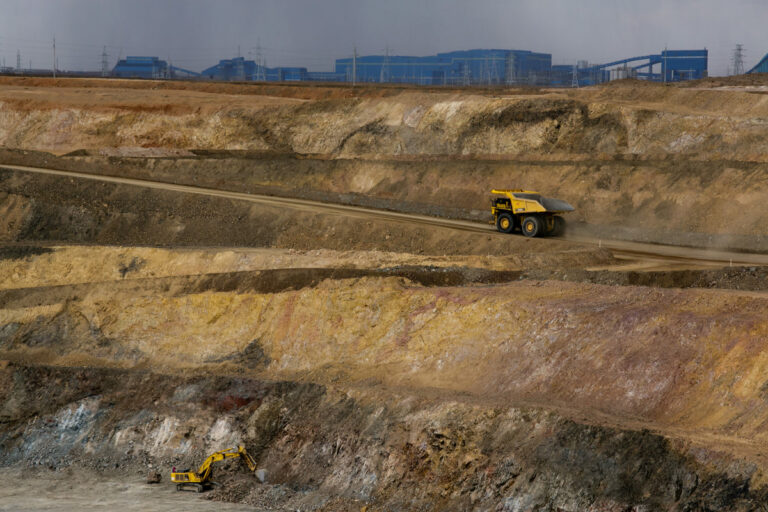The East Coast is still waiting for action after a report released more than two months ago demanded wide-scale forestry felling in Tai Rāwhiti and Wairoa be stopped immediately.
The government commissioned the report into forestry slash, woody debris and sediment after Cyclone Gabrielle devastated those regions and others along the North Island’s east coast.
It is expected to lay out its action plan in Gisborne on Thursday, with an announcement from the Minister of Forestry Peeni Henare.
The report titled Outrage to Optimism pulled no punches, warning of a perilous situation which the government had 10 years at most to turn around, before the region faced wide-scale land collapse.
During the cyclone, woody debris – much of it caused by large-scale forestry – dammed rivers and exacerbated flooding of homes and farms, ruining bridges and clogging beaches.
Residents said they were frustrated at the lack of progress on a problem that had been plaguing the region for years.
Tolaga Bay farmer Bridget Parker said there was “so much information and so much going on… [with] not a lot of action, but a lot of talking”.
Much of the nearly 400 hectares her family farmed on was still covered in silt, along with piles of hundreds of logs, she said.
She would like to see more help for primary producers affected by woody debris – an area she felt was lacking in the inquiry.
“There was a lot about rivers and a lot about beaches, which are all long-term needs, but the short term of businesses getting up and running again was really lacking.”
She said her expectation was that large areas of land would be retired from farming and forestry, and restored to native bush to improve stability on hillsides.
‘Three bridges blocked up like a big beaver dam’ – Wairoa mayor
Wairoa was hit hard by slash.
Locals reported it was the damming of the river with slash, and its eventual collapse, that led to flooding in the north of the town.
Mayor Craig Little said forestry needed to get its social licence back.
“What commitment are they going to give communities like Wairoa that this sort of thing will never happen again?”
He said councils needed to be given more regulatory power over the industry and there needed to be a patchwork approach to felling, rather than whole swathes of forests being removed at once.
The ongoing wet weather had also caused a lot of anxiety as there had been no immediate action to restrict forestry since the report’s publication.
“We had three bridges completely blocked up like a big beaver dam,” Little said.
“So it’s been quite an anxious time, because nothing’s stopping us having another weather event and the same thing happening again.”
The report found that Ngāti Porou was at risk of becoming homeless and landless, and an environmental disaster for the iwi is unfolding in plain sight.
At the time of its release, Te Runanga Nui o Ngati Porou chairman Selwyn Parata said the recommendations required immediate action.
He warned failure to act was not an option when the security, safety and well-being of the whenua, its waterways, and people were at stake.
Women in Forestry board member Erika Herries said while progress might look like it had been slow, the industry had been doing research and making plans for change in the background.
“There are things slowly ticking along behind the scenes and I know that a lot of people will probably think it’s quite slow, but actually it needs to take time to do things properly, like all good things,” she said.
“Knee-jerk reactions don’t serve anybody.”
Source: RNZ News







